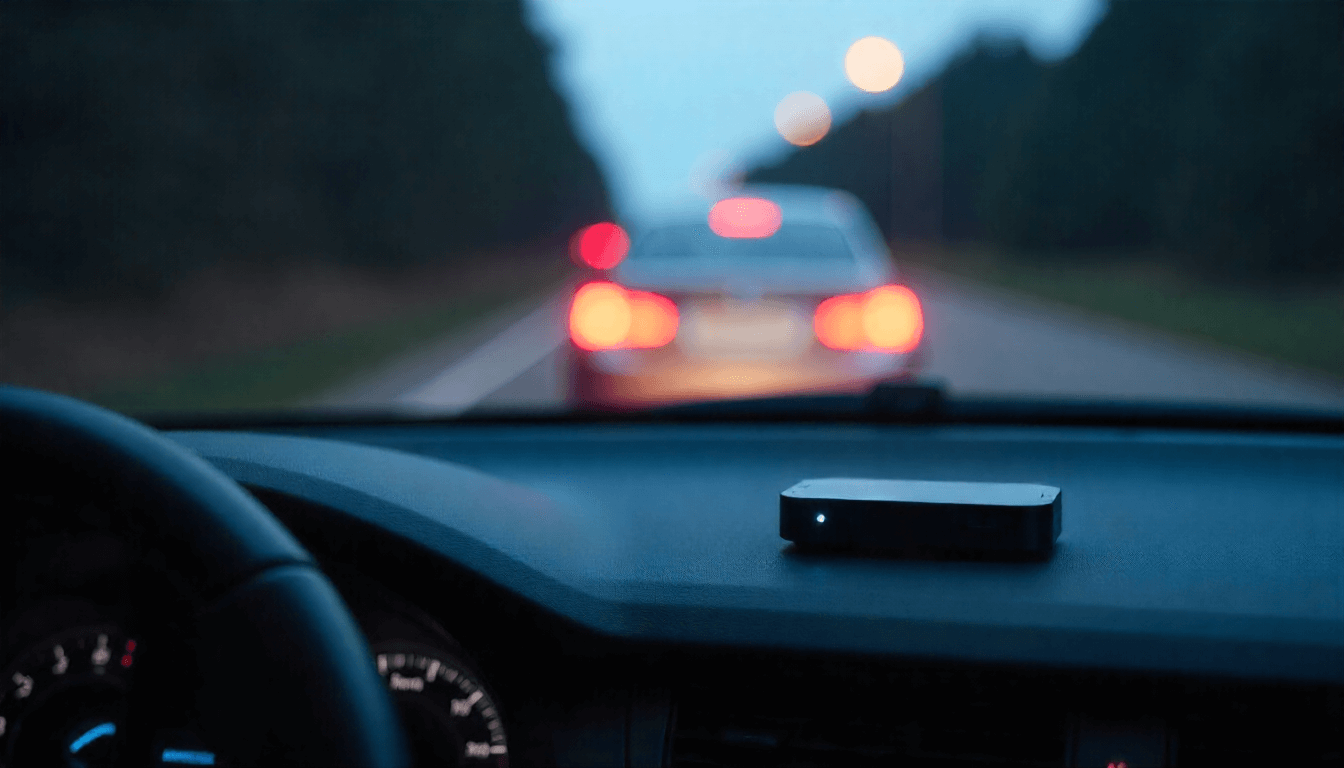In today's world where security and control play an important role, GPS trackers have become an indispensable tool. They help to track the location of cars, keep an eye on children and elderly relatives, and keep an eye on pets. However, the market offers many models, and choosing the right device can be a challenge. It is important to understand that each tracker has its own features, advantages and disadvantages. We will understand the main types of GPS trackers, review the key selection criteria and compare several popular models so that you can make an informed decision.
Types of GPS trackers and their features
GPS trackers can be divided into three main categories depending on their purpose. This helps you narrow down your search and focus on the features you need.
Car trackers
Such devices are designed to be installed in vehicles. They help to control the driving route, speed, fuel consumption and even receive alerts about theft attempts. Many models can be covertly installed, making them invisible to intruders. They can work from the car's on-board network or have their own battery. Some devices are connected to the OBD diagnostic connector, which greatly simplifies their installation.
Personal trackers
These are compact devices designed to track people. They are often used to monitor children, the elderly or tourists. Personal trackers are usually equipped with an SOS panic button, two-way communication and may have a "geofencing" feature that sends a notification when a person has left a specified area.
Animal trackers
These devices are specially designed for pets. They are attached to the collar and are usually lightweight and waterproof so as not to disturb the pet. These trackers are also geolocated and will notify the owner if the pet runs away.
Key selection criteria
To choose the best GPS tracker, there are several important factors to consider.
- Accuracy: This parameter depends on the technology used. Devices that use a combination of GPS and GLONASS provide higher accuracy than those that rely on only one standard.
- Autonomy: Battery life is one of the most important criteria. For car trackers it is less critical, as they can be powered from the on-board network. For personal devices and pet trackers, the more autonomy the better.
- Subscription cost: Many trackers require a monthly or annual fee to access tracking services. This is an important cost item to consider when making a purchase.
- Additional features: Options such as moisture protection, magnetic mount, panic button, motion sensors or two-way communication can greatly enhance the capabilities of the device.
Comparison of popular models
Let's look at a few examples from each category.
- GL300 Car Tracker: This tracker is characterised by high accuracy and long battery life (up to 14 days). It is easily portable and can be used not only in the car. However, a SIM card and a monthly service fee are required for full-fledged operation.
- Tractive Animal Tracker: Tractive Pet Trackers are very popular. They have a waterproof case and are lightweight. They allow you to track your pet's location in real time, view movement history and create "virtual fences".
- AngelSense Guardian Personal Tracker: This tracker is designed for children and the elderly. It has a built-in panic button, two-way communication function and allows you to track your location with high accuracy. The device has a "smart GPS" function that optimises battery performance, allowing it to last up to 24 hours.
Conclusion
The choice of GPS tracker depends on your needs. For a car, devices with autonomous power supply or connection to the on-board network are best suited. For people and animals, compactness, a panic button and long battery life are important. Always scrutinise the subscription terms and additional features to ensure that the device fully meets your expectations.

 Comparison of popular GPS trackers">
Comparison of popular GPS trackers">
